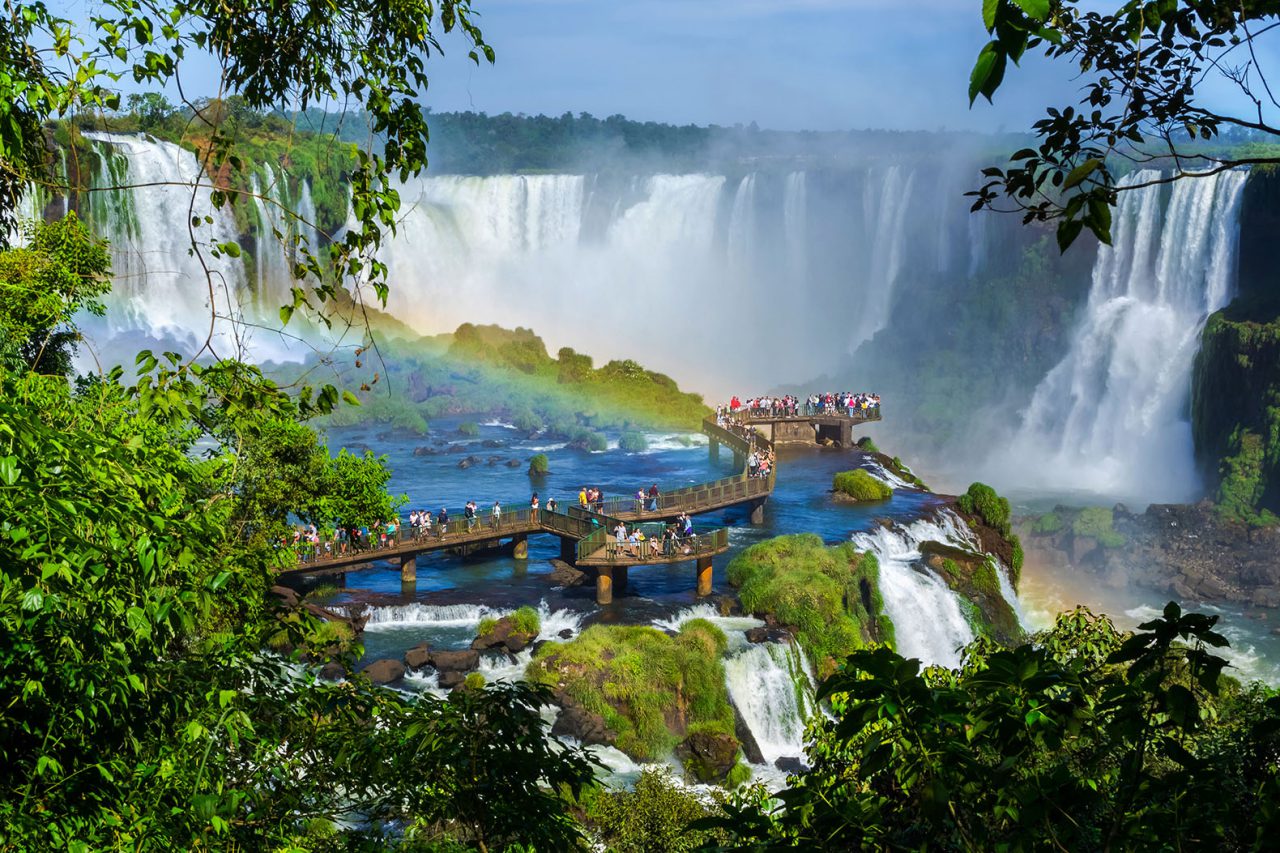Inventions of science have made our
traveling fast and comfortable. We
can reach safely at any part of the
world within a few hours. Science
has brought a great change in
communication. The Harvesting
machines, Tractors, Manures, and
good quality seeds are the gift of
science to a farmer.
The broad goals of science are to
understand natural phenomena and to
explain how they may be changing
over time. To achieve these goals,
scientists carefully observe natural
phenomena and conduct experiments.
The seven natural wonders of the
world are the following: Mount
Everest, Harbour of Rio de Janeiro,
The famous Sugarloaf mountain sticks
out of Guanabara Bay, Great Barrier
Reef, Victoria Falls, Paricutin
Volcano, Grand Canyon and Aurora
Borealis.
Some of the more important
components are soil, atmosphere,
radiation from the sun, water, and
living organisms.
These 7 natural wonders of the world
include the Northern Lights, the
Grand Canyon, Paricutin, Mount
Everest, Harbor of Rio de Janeiro,
Victoria Falls, and the Great
Barrier Reef. Many of these
naturally-formed displays require an
aerial view to capture the vastness
of each phenomenon.

